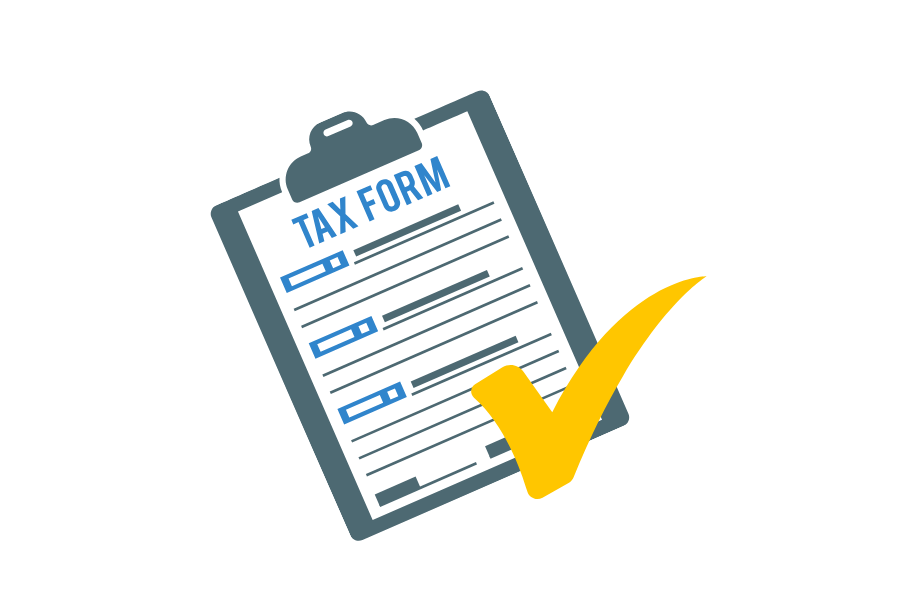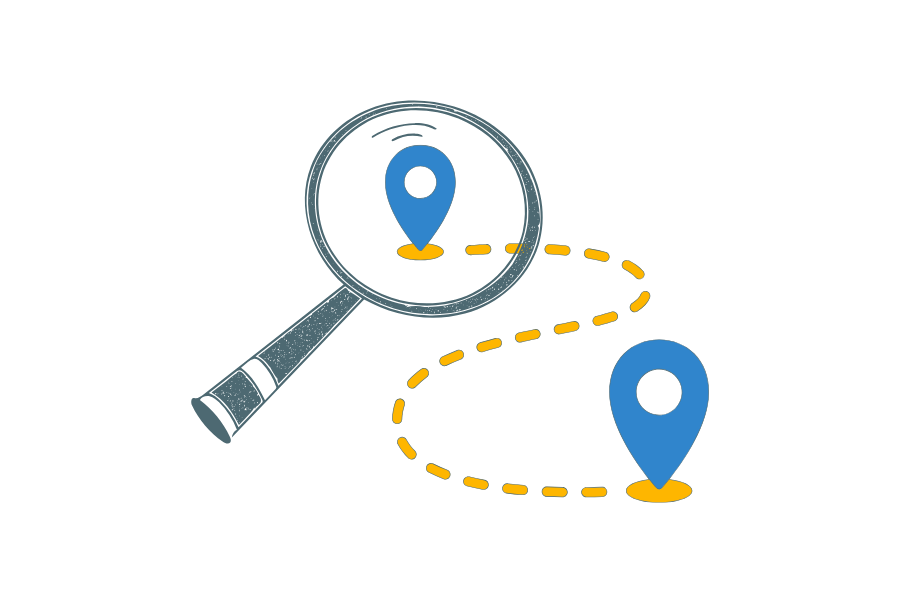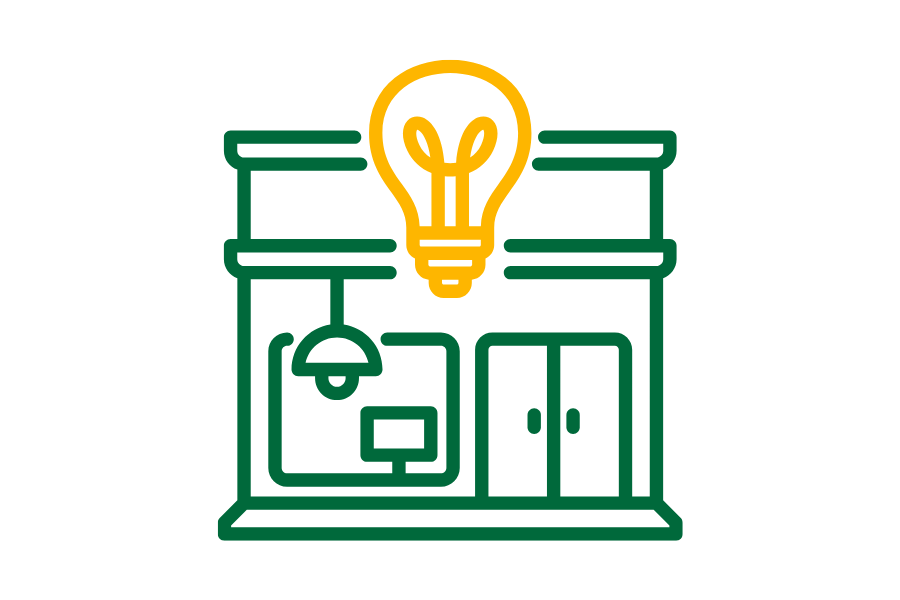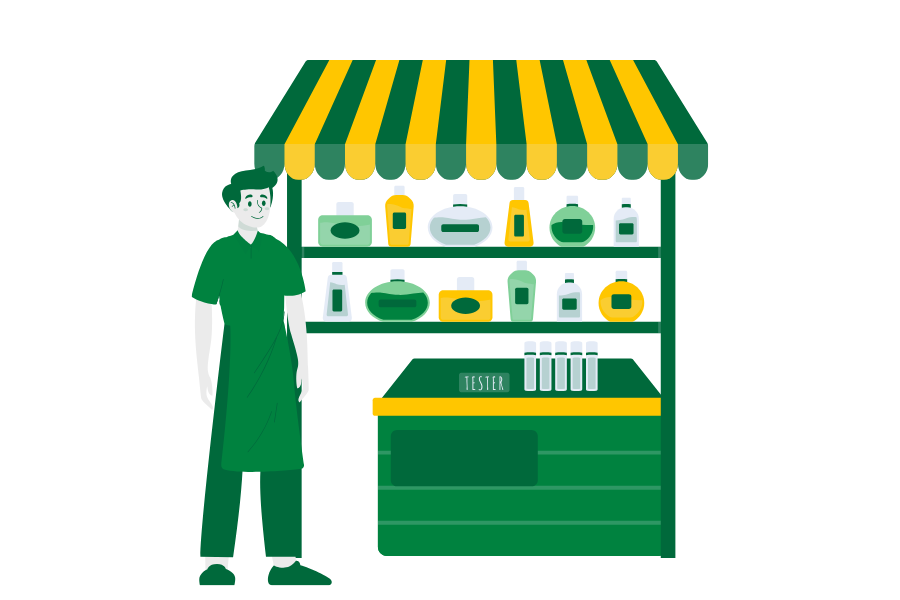Understanding Open vs. Closed System Vape Taxes in the US
Vape products don’t all get taxed the same way. For any US small business selling e-liquids or devices, the distinction between open and closed systems can significantly impact your costs and compliance obligations. With rules varying by state, understanding these tax differences is essential. Many owners also rely on tax filing services in the US to ensure accuracy and avoid penalties.
1. What Are Open vs. Closed Systems?
Before looking at taxes, it helps to understand the product categories.
-
Open systems: Refillable devices where users manually add e-liquid into tanks.
-
Closed systems: Prefilled and sealed products such as pods, cartridges, or disposables that cannot be refilled. Some allow cartridge replacement but not refilling.
This product distinction forms the basis for how states design vape tax structures.
2. How States Tax Open Systems
Open systems are often treated differently because many policymakers view them as part of harm reduction efforts.
-
Taxes are usually based on a percentage of wholesale or retail price.
-
Rates vary—some states apply lower percentages compared to closed systems.
-
Since the tax is value-based, higher-priced devices face larger tax bills.
For US small businesses, this means pricing strategies matter. Premium refillable devices can attract heavier tax burdens under percentage-based rules.
✅ Tax season approaching? Choose an all-in-one solution that includes tax filing. See options here.
3. How States Tax Closed Systems
Closed systems, especially disposables and prefilled pods, are usually taxed more strictly due to concerns about youth vaping.
-
Many states impose specific taxes per milliliter of e-liquid or per cartridge.
-
Some also apply a higher percentage rate than on open systems.
-
Fixed per-unit or per-volume taxes can make low-cost disposables more expensive after taxes.
For small retailers, this creates a heavier cost burden when selling primarily closed system products.
4. States Using Dual Tax Approaches
A growing number of states apply dual tax structures depending on the product type.
-
Closed systems: Taxed per unit or per milliliter (e.g., $0.50 per mL in some states).
-
Open systems: Taxed by a wholesale or retail percentage.
-
The effective tax burden depends on pricing—expensive open systems may face higher total taxes, while cheaper closed systems feel the impact of per-unit rates.
For US small businesses carrying both types, accurate recordkeeping and reliable reporting are essential for compliance.
Summary
In 2025, the distinction between open vs. closed system vape taxes in the US is more than just a technical detail—it directly affects how much US small businesses pay and how they price products. Open systems are usually taxed by percentage of wholesale or retail price, while closed systems are taxed per cartridge or milliliter, often at higher effective rates. Some states blend both methods, creating added complexity.
One Platform, Complete Financial Control
Stop coordinating between different providers. Counto’s combined accounting and tax plans give you a single solution at a predictable price. Our intelligent platform manages your books while tax experts handle your filing. Want to learn more about our all-in-one plans? Chat with us now, email [email protected], or use our contact form.
Here are some articles you might find helpful:
BillPay Vendor Relationships US Businesses
Manage Bill Payments US Business
Set Up Business Bank Account BillPay







